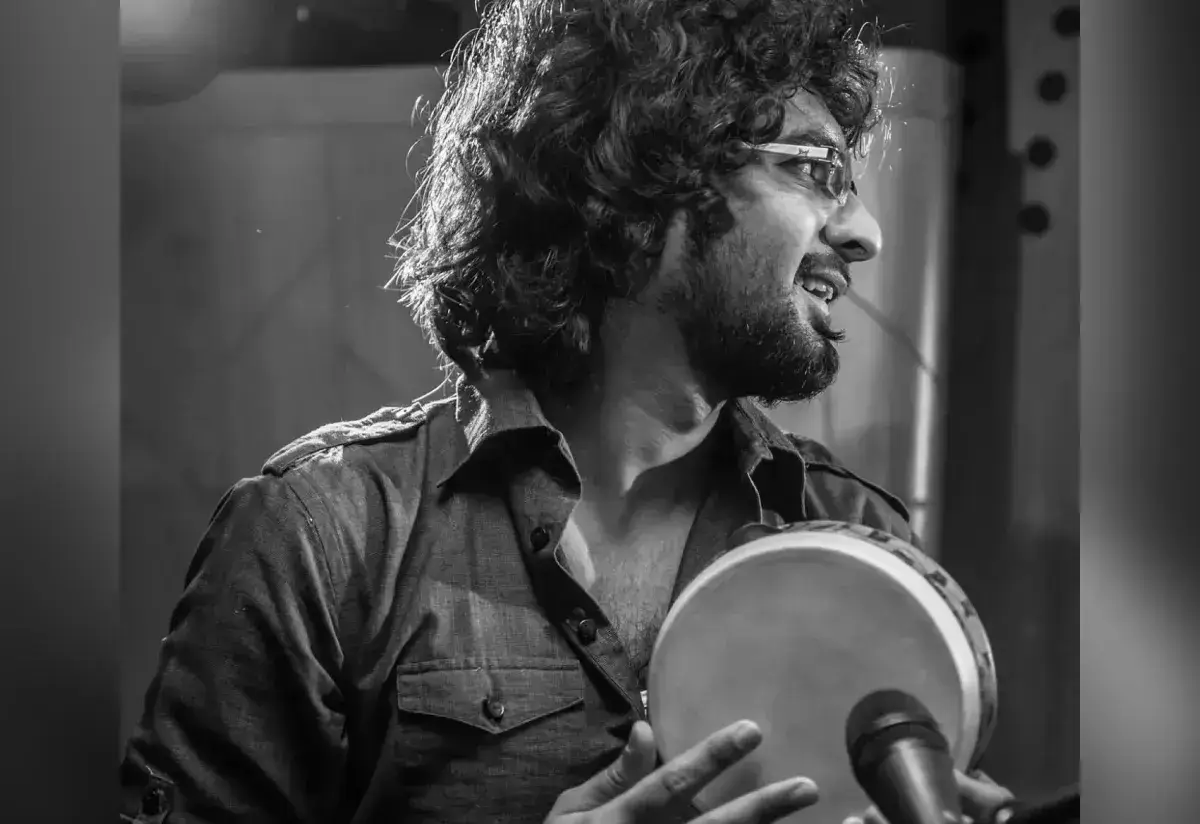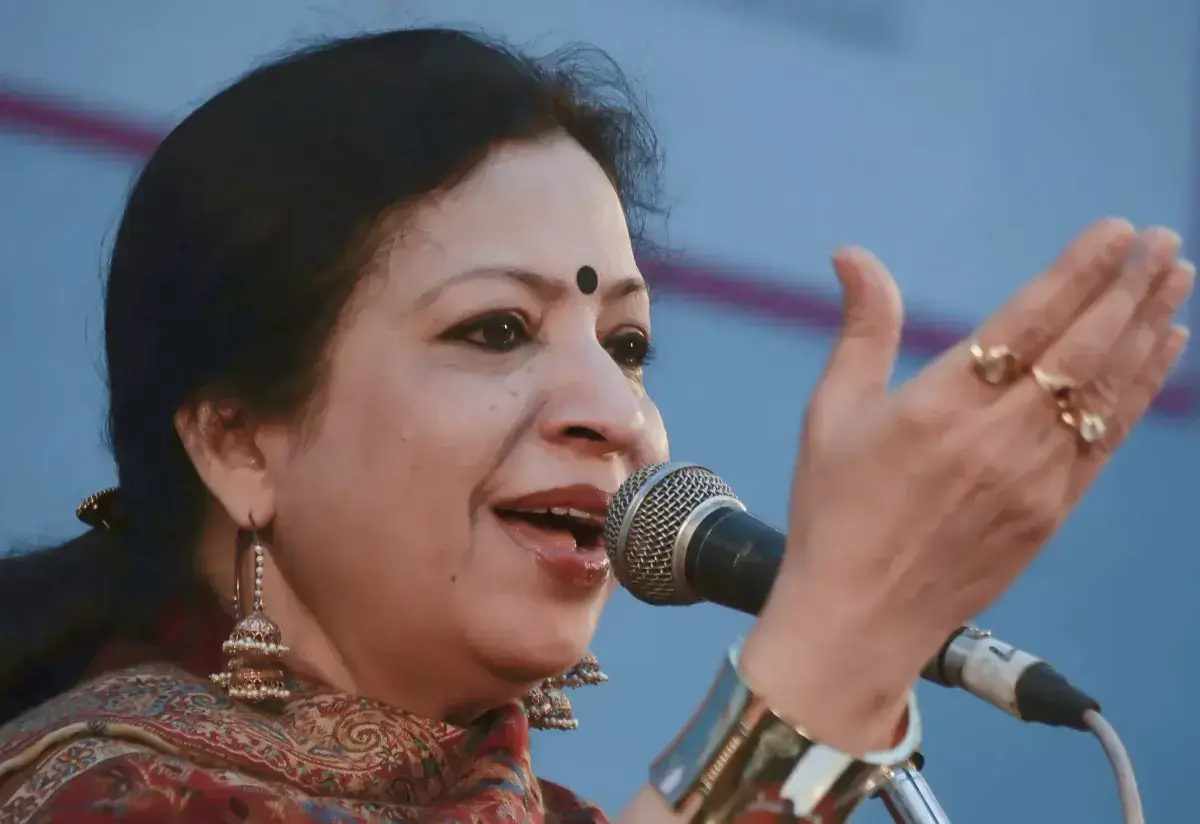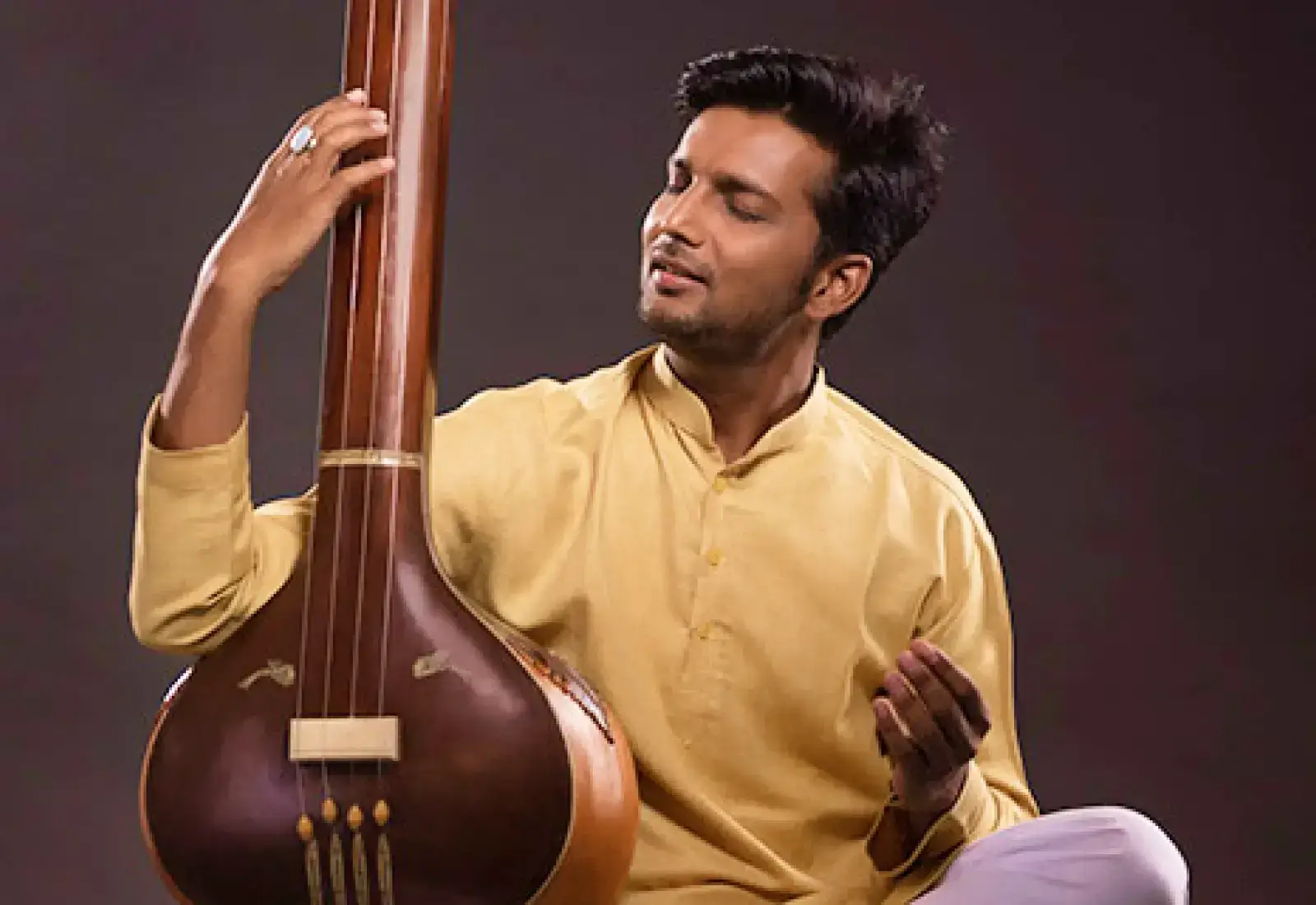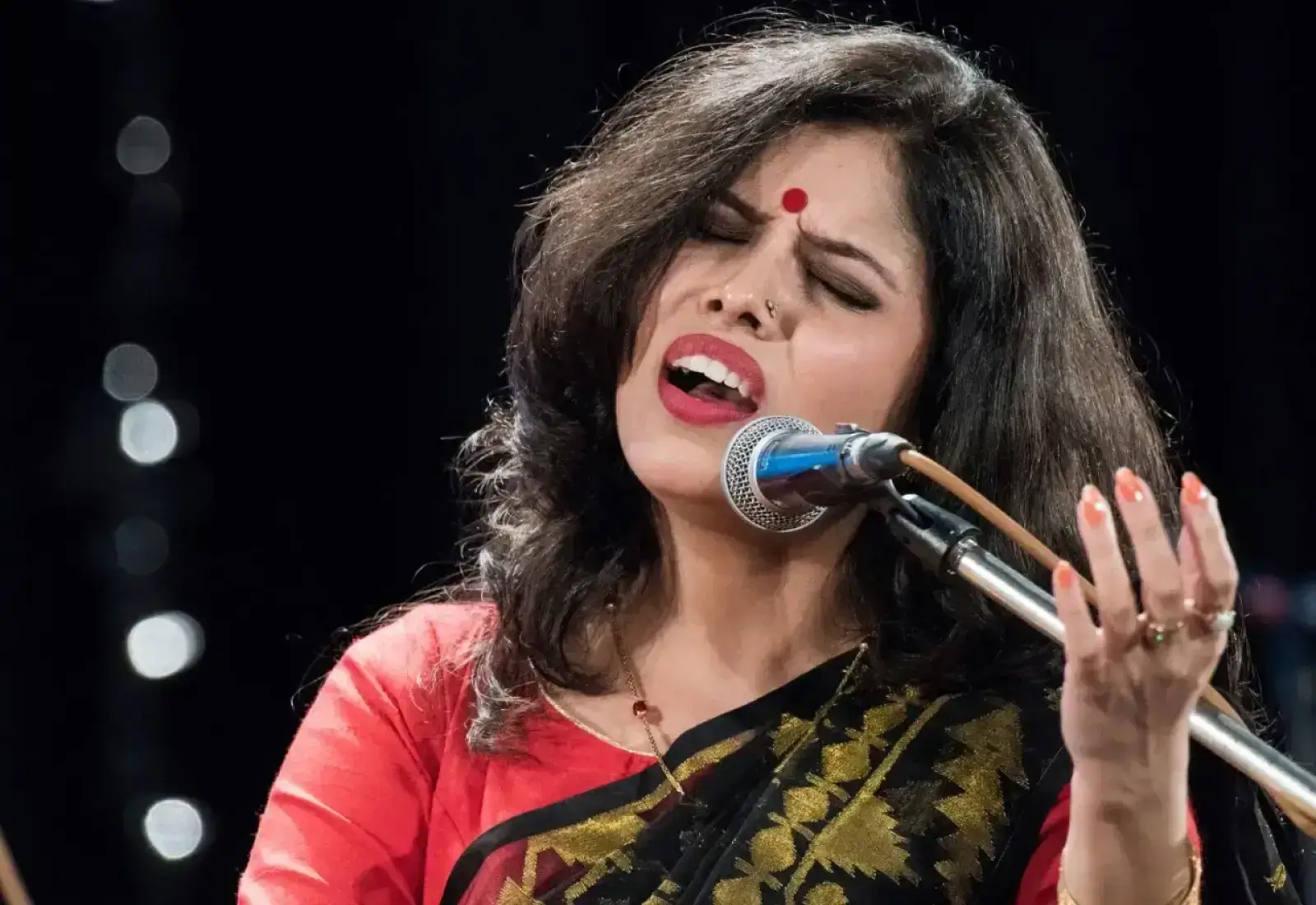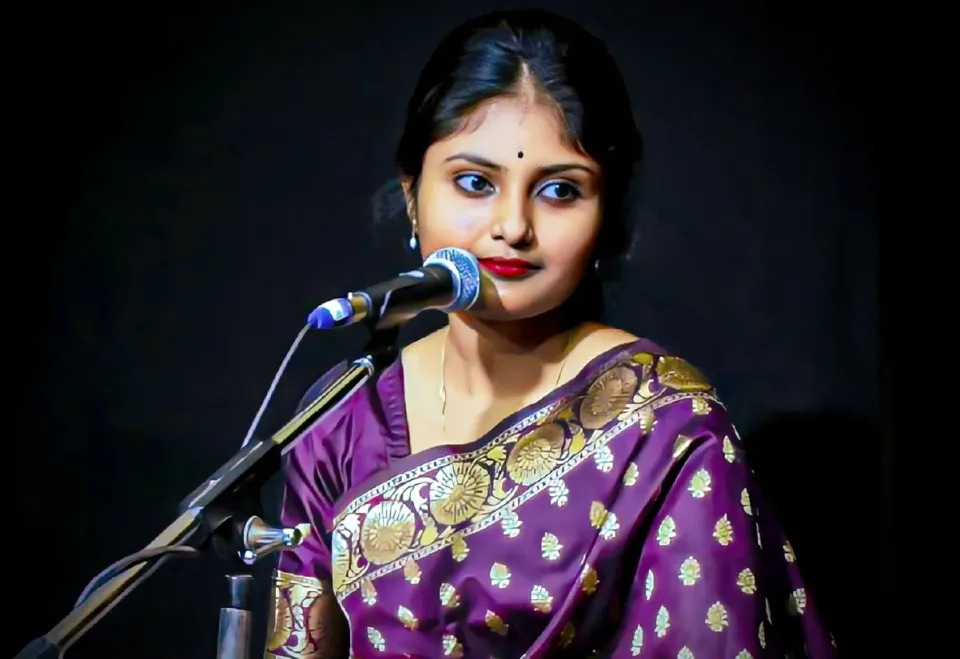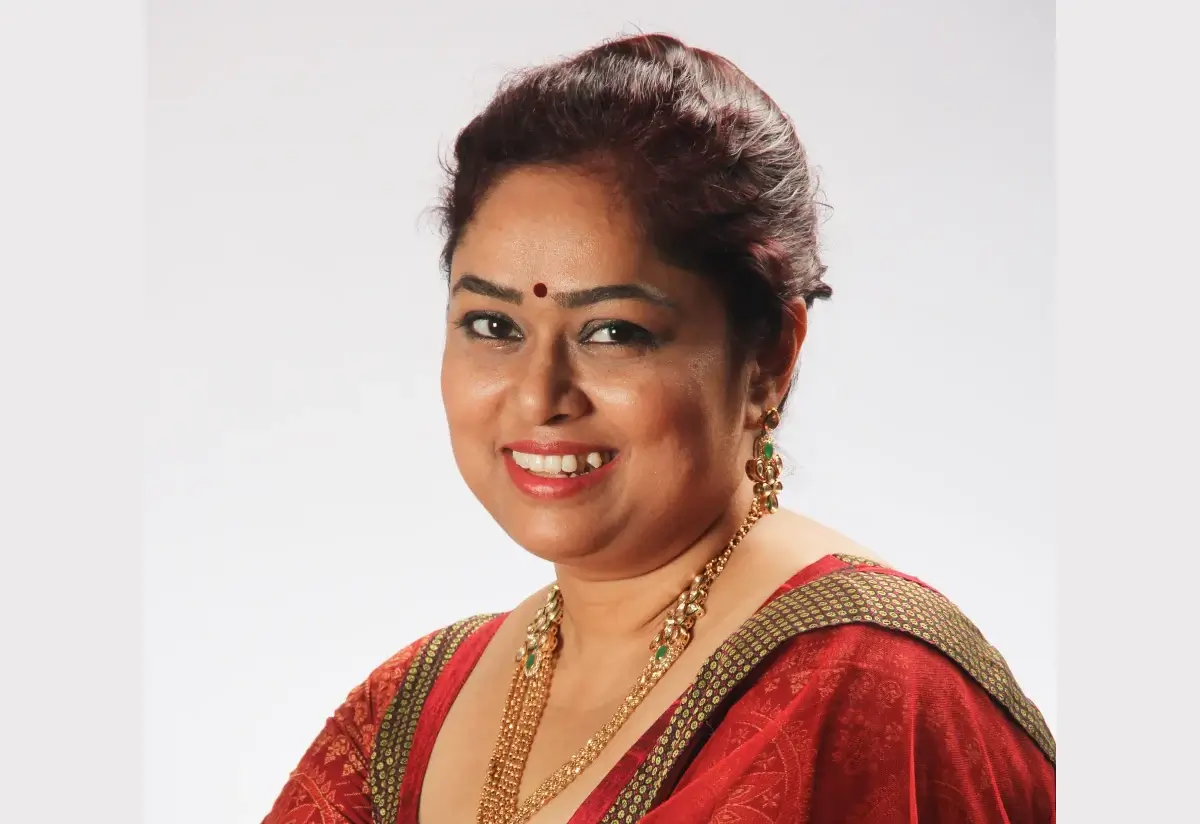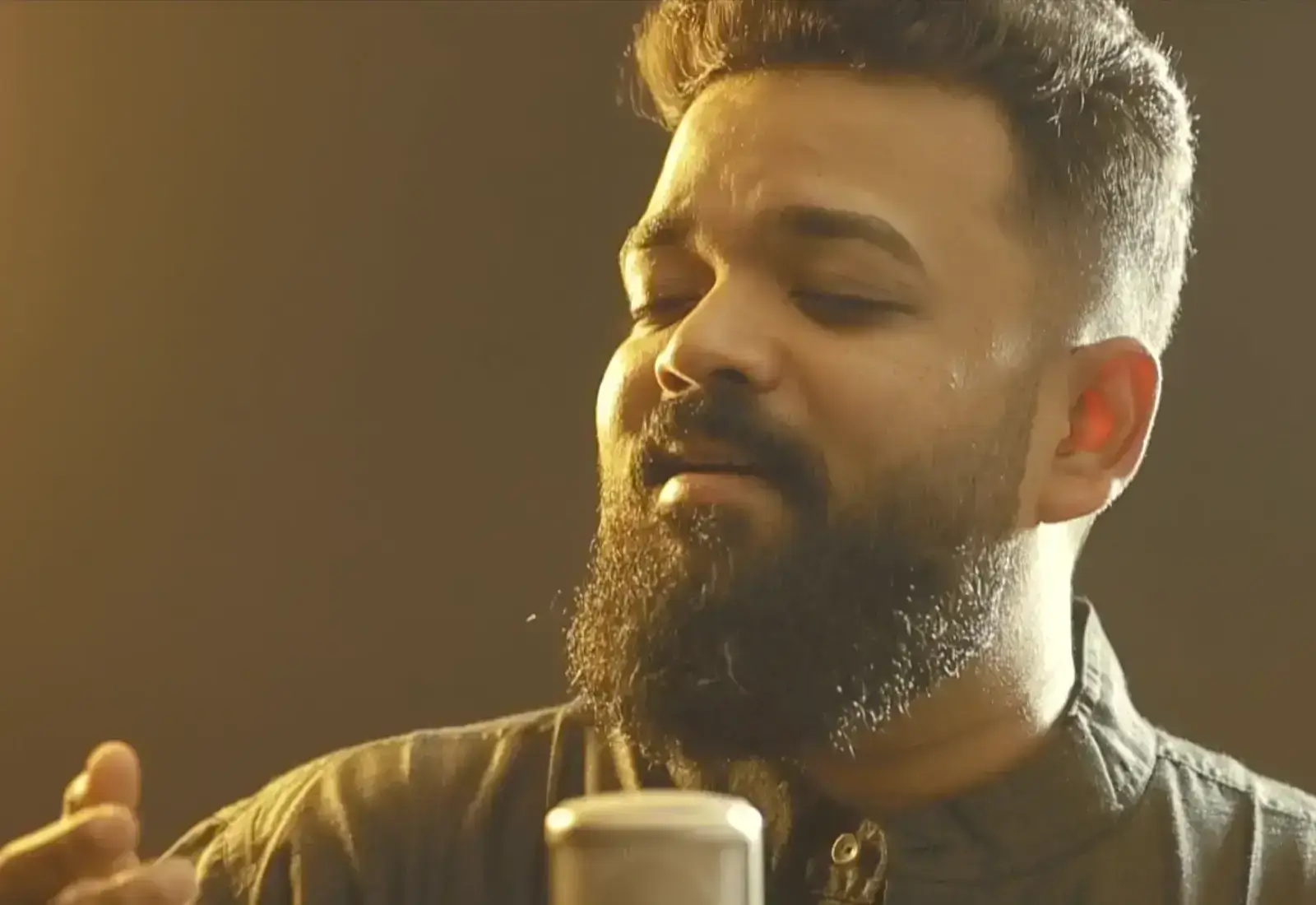14 Indian Music Types and Music Genres - Indian Singing Styles
India is rich with a treasure trove of diverse musical genres and singing styles creating an array of melodies that resonate with the heartbeat of the nation.
From the classical ragas that echo through ancient temples to the pulsating beats of film songs to the Indian Rock bands - the diverse singing styles woo music enthusiasts across all age groups, ethnicities, and all possible demographic differences.
The melodies of India are a celebration of life, echoing through time and connecting generations in a harmonious symphony that is truly unparalleled.
There are countless musical genres and unique singing styles corresponding to each genre. It is impossible to enlist each one of them. Hence here is a list of 14 Indian music types and music genres.
14 Types of Indian Music
1. Khayal
2. Carnatic Vocals
3. Thumri
4. Tappa
5. Dhrupad
6. Seasonal Songs
7. Sufi Songs
8. Regional Songs
9. Folk Songs
10. Rabindra Sangeet
11. Patriotic Songs
12. Bhajan
13. Kirtan
14. Film Songs
1. Khayal
The word ‘Khayal’ means thoughts or imagination. The uniqueness of the Khayal singing style is that you can completely let your thoughts guide your voice and melodic repertoire.
Nothing is fixed apart from the basic structure of a ‘raga.’ You can create melodic phrases on the spot and take it ahead from there.
The singer's voice must transition smoothly between the lower, middle, and higher octaves exploring the key phrase of the ‘raga’, its variations, and improvisations.
2. Carnatic Vocals
Carnatic singing is a style of classical vocal music that originates from the southern regions of India, particularly from the states of Karnataka, Tamil Nadu, Andhra Pradesh, and Telangana.
The singing style demands very strong vocal prowess that can slide smoothly through all three octaves and also render intricate melodic structures flawlessly.
Carnatic singing involves a variety of vocal techniques, including gamakas (ornamental turns and slides), meend (glides between notes), and intricate sargam (solfege) patterns. These techniques contribute to the expressiveness and aesthetics of the music.
Compositions of Carnatic music include the rhythmic and melodic Varnam, the structured devotional songs called Kriti, and the interactive storytelling of Keertanam.
Padam expresses slow, emotive themes, while Javali adds a playful touch with themes of love. Ragamalika seamlessly transitions between multiple ragas, and Tillana showcases brisk, rhythmic patterns.
Viruttam offers improvisational, devotional verses, and Divyanama Kirtana focuses on repetitive divine names.
3. Thumri
Just like Khayal, Thumri is another musical genre of Hindustani classical music. Unlike Khayal's focus on raga intricacies, Thumri emphasizes emotional expression. And it is this feature that categorizes Thumri as a semi-classical genre.
It gets its name from ‘Thumakna’ - which refers to a specific dance step. In its initial phase, it was sung to accompany Kathak dance performances in the courts of Lucknow. At this phase, the singing style of Thumri was Bol baant or Bandish ki Thumri.
Later, when it traveled to Varanasi, it adopted a singing style that would explore every word more emotively. At this juncture, Thumri emerged as an independent musical genre, no longer reliant on dance accompaniment.
4. Tappa
Tappa is a semi-classical singing style. It came from the camel riders of Punjab. It is distinguished by its rapid, intricate, and nuanced compositions. It features melodious and sweet tunes that portray the emotional expressions of a lover.
Tappa is known for its intricate rhythmic patterns and fast-paced tempo. Singers also employ ornamentations such as gamak (grace notes) and murki (swift melodic swirls) to embellish their rendition, adding a layer of ornamentation and virtuosity to the performance.
5. Dhrupad
Dhrupad is the oldest known singing style of Hindustani classical music. The predominant theme of the composition is devotional.
Traditional Dhrupad compositions are structured into four parts: sthayi (initial section), antara (second section), sanchari (exploration), and abhoga (conclusion). Each part contributes to the gradual development and unfolding of the raga.
It involves nom-tom ki alaap - a repetitive use of syllables or phrases to explore the diverse melodic layers of a raga.
The other element of Dhrupad singing is "Akhara." It refers to the resonant quality or the full-bodied sound produced by the singer.
6. Seasonal Songs
Apart from the mainstream classical and semi-classical singing styles, there is a song for every occasion in India. Especially, the vibrant seasons of the country and the various festivals have mused the imagination of poets, lyricists, and composers to create songs.
The singing styles of these seasonal songs include - high rhythmic patterns and a blend of folk and classical music. The predominant theme here is love and devotion. They are marked with high emotional intensity and the singers often use expressive nuances to convey the sentiments embedded in the lyrics.
Three such musical genres include -
a) Kajri
The word Kajri is derived from Kajra (kohl). The dark clouds that usher in the monsoon rains are equated with the dark kohl that adorns the eyes. Sung in Awadhi and Bhojpuri, these songs commemorate the monsoon season with a predominant theme of love.
b) Chaiti
These songs are sung to usher in the spring season in the month of Chait. The time coincides with the religious festival of Ram Navami. Hence the theme of these songs is primarily devotion and love.
c) Hori
Extremely vibrant and rhythmic songs are sung during the festival of Holi. The singing styles use local dialects and bear a strong essence of the folk tradition.
7. Sufi Singing Style
Sufi songs are inspired by the works of Sufi saints and poets such as Rumi, Amir Khusrau, Bulleh Shah, and Hafiz. Two singing styles come under this genre -
a) Qawwali
The primary theme of these songs includes devotion that comes from a deep love for the superior being. The Sufi poems are woven intricately into the Hindustani classical music and rhythmic structures.
Qawwali performances are known for their high energy and emotional intensity. The music builds gradually, creating a powerful and captivating atmosphere.
The Qawwali singing style demands a very strong and bold voice that can balance the tenderness of the lower octave as effectively as they unwaveringly dwell in the higher octaves.
Qawwali is performed by a lead singer and a group of supporting singers. The singing style involves a call-and-response pattern between the lead singer and the chorus.
The lead singer may engage in melodic and rhythmic improvisation, adding emotional depth and spontaneity to the performance.
b) Ghazal
The other sub-genre of Sufi music - Ghazal is a form of poetry commemorating love, heartbreak, and nostalgia through its verses.
The melodies are soft and tender, bound into a rolling rhythm and tune. The singing style is more conversational even when it involves intricate melodic phrases. The emphasis is always on emotions and how subtly yet deeply you can express them.
This is one musical genre that does not have a mass appeal nor does it care for it. It is an acquired taste that very few have a penchant for.
If you want to delve deeper into the Ghazal singing style, you can read about these Top 8 Ghazal Singers of All Time.
8. Regional Songs
India is home to diverse cultures - each profusely rich in literature, music, and dance. Regional songs bear the essence of these cultural emblems. Each region presents a distinct singing style that has a bit of semi-classical music blended with classical and other modern genres.
These songs serve as a preserver of the language and culture of a particular region. These are modern songs that speak about diverse emotions, relationships, and life in general.
9. Folk Songs
India's folk music is as diverse as its geography, with each region contributing its unique flavor. Folk songs vary across states, reflecting the distinct customs, languages, and lifestyles of the people. Some of the well-known types of folk songs in India include Bihu songs of Assam, Lavani of Maharashtra, Baul songs of Bengal, and Bhangra of Punjab.
Folk songs in India cover a wide range of themes, often revolving around nature, love, festivals, harvest, and historical events. Many folk songs are narrative, recounting tales of heroism, love stories, and mythological events. These songs serve as a medium for oral storytelling, preserving cultural history and traditions.
The singing styles of the folk music of each region have a distinct flair. Here, it is essential to clarify that folk music is not similar to regional music. Folk music has a rural influence and is deeply rooted in folklore and cultures whereas regional songs are modern songs in the language of that state.
Coming back to the singing styles, they are diverse. For example - Baul songs are characterized by a soulful and mystical singing style while for Rajasthani folk songs - singers often use a high-pitched, soulful style, and the lyrics often depict tales of valor, love, and nature.
Pahari folk songs are characterized by a soft and melodious singing style, while Bhangra and Gidda feature powerful and rhythmic singing.
10. Rabindra Sangeet
Rabindra sangeet could have easily been sidelined as a regional song. But such a refined, voluminous body of work that has influenced the thought process of numerous poets, lyricists, music composers, and singers for more than eight to nine decades across geographies and generations, certainly needs a special mention in this list.
Rabindra sangeet picks elements from Bishnupuri Dhrupad style, Sufi poems, western tunes, and also folk music. The singing style calls for a full-throat voice, clear pronunciation, and subtly emotive delivery.
11. Patriotic Songs
The singing style of Indian patriotic songs is inspiring, deeply emotional, and filled with a sense of pride and patriotism.
Mostly, the melodies are relatively simple and rhythmic. Patriotic songs often involve dynamic phrasing, with singers modulating their voices to convey various emotions. Changes in pitch, volume, and tempo are used to emphasize key moments in the lyrics, creating a compelling and engaging performance.
Some patriotic songs of India have devotional undertones, especially those that venerate the nation as a symbol of divinity.
Patriotic songs are frequently sung by groups, and the chorus plays a significant role. The collective voice of a choir or a group of singers enhances the sense of unity and solidarity, reinforcing the communal spirit of patriotism.
12. Bhajan
Bhajans are devotional songs commonly associated with Hindu religious traditions, expressing love, devotion, and praise towards a particular deity. The singing style of Bhajans is characterized by a deep spiritual connection, simplicity, and a focus on expressing devotion.
Bhajans typically feature simple and easy-to-follow melodies. The emphasis is on accessibility, allowing a wide range of people to participate in devotional singing. The melodies often draw from traditional ragas but are presented in a way that is accessible to both trained and untrained singers.
Bhajans often require a singer to convey specific emotions associated with the lyrics. Whether it's love, surrender, or joy, the singer uses vocal nuances, tonal variations, and expressive phrasing to communicate the emotional content of the Bhajan.
13. Kirtan
While Bhajans are marked by soft and simple melodies, Kirtans are characterized by a highly energetic and rhythmic singing style.
It starts at a low pitch and slow pace. Gradually, it reaches the crescendo in a pulsating and repetitive progression. In the process, it involves the entire crowd of people present.
It is sung in a call-and-response format, where a lead singer initiates a line or verse, and the congregation or a group of singers responds.
14. Film Songs
Songs are used in Indian films as a part of storytelling. The singing style requires an extremely versatile voice.
The most successful voice types that have reigned the arena of film songs include - soprano and mezzo-soprano for females and tenor for male singers.
Indian film songs have been an amalgamation of diverse musical genres starting from Indian classical music to folk to even western musical genres. The influence of regional songs has also been very strong. All the influences have given rise to a distinctive singing style that has a mass appeal.
Conclusion: Types of Indian Music & Genres
Across the generations, through ethnic, linguistic, and geographical diversities, the Indian singing styles unfold a breathtaking array of hues and harmonies. From the classical intricacies of Hindustani and Carnatic traditions to the raw and rustic folk music, deeply devotional Bhajan and Kirtan, patriotic songs, and the soul-stirring renditions of playback legends, the diverse and rich heritage of Indian singing styles is a testament to the nation's cultural vibrancy.
As we conclude, we would like to pay homage to the ever-evolving musical legacy of India - the beholders of tradition and the embracers of innovation. These musical genres celebrate the diversity of the nation through creativity and expression while at the same time echoing the sentiments that bind us together despite all the differences.
Music gives you a distinctive identity while making you part of a bigger oneness. There is so much more to know about Indian music and singing styles.
If you wish to train in any of the above singing styles, you can explore online singing classes.



